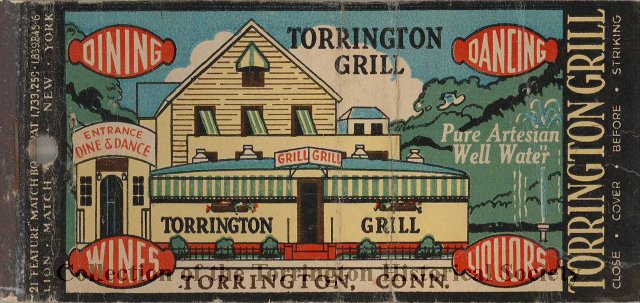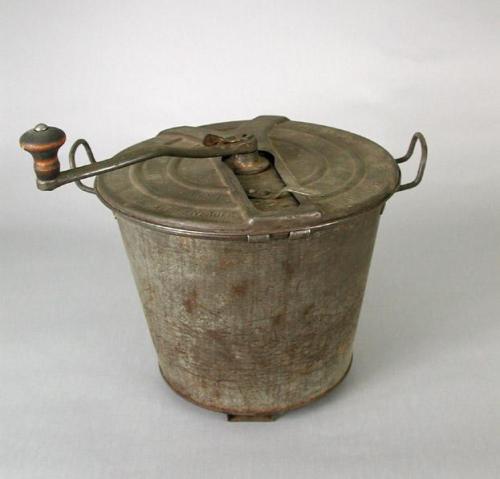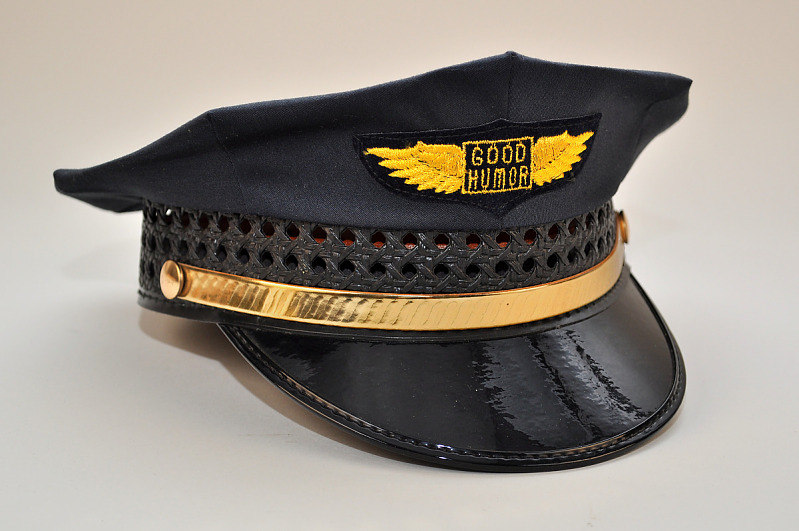Michelle Brunetti
Erin Considine
Alexis Rinaldi
Kate Shaggy
Torringford Elementary School, Torrington Public School District
TEACHER'S SNAPSHOT
Subjects:
Historic Preservation, Popular Culture
Course Topics/Big Ideas:
Innovation, Industry, and Economic Growth
Town:
Statewide, Torrington
Grade:
Grade 3
Lesson Plan Notes
Almost every town in Connecticut has its own museum, historical society, or local history collection at the public library. This is where objects, images, and documents from the past have been saved for future generations. But who chooses what to save? How did they decide? Sometimes it was based on what someone felt was “important” or “valuable” at the time. Sometimes it was part of a bigger collecting plan. Often, items were saved just by chance. In this activity, students will consider what they would save from their own time period or their own daily lives to help future historians or students learn about life in their town today. We used Torrington as a model, but this activity will work in any town.
ESSENTIAL QUESTION
SUPPORTING QUESTIONS
- What is an “artifact”?
- What item would you choose from today that could be placed in a future museum to tell a story about our town?
- How can we teach others about our history?
ACTIVITY
1. Introduce the term “artifact” (an object made and used by people) and the compelling question: How can we use artifacts to learn about the past?
2. Students will visit their local museum or town historical society, or your town’s historical organization may be able to visit your classroom with some sample objects. If a visit is not possible, students can explore their local museum or historical society’s website.
3. Students will note what types of artifacts are in the museum and discuss some of the bigger categories that these objects fall into (for example: clothing, kitchen/cooking items, things made in factories, things belonging to or used by kids, etc.)
4. Students will discuss what these objects tell them about their town’s history and debate which of these items they think are the most “important” and why. Students can also share which objects are their favorites and why.
5. Students will generate ideas about what they think are the most important things about their town in the present day.
6. Students will compile a list of items they believe represent their town in the modern day and then will individually decide what artifact they believe should be added to the historical society’s collection.
7. They will write a label for their artifact. It should include the following information: artifact title, date it was made and/or used, materials it is made from, and explanation of its importance to the history of their town. Students should bring to school either an example of the artifact or a picture of the object (or type of object) that they have selected.
OPPORTUNITIES FOR ASSESSMENT
- Students will be asked to share their artifacts with the class through a gallery walk, “tweet”, or Instagram post. The gallery could be set up in the classroom or hallway. The sample tweet or post should include a photograph of the object and information selected from their written label.
- Students will collect information about the objects selected by their classmates and create an infographic that communicates information about the artifacts proposed by the class. Students should include a chart, table, or graph, as well as information about their own object. The chart, table, or graph could show data such as: XX classmates agree that this object tells an important story about our town, XX classmates disagree OR XX classmates thought we should include a household object, XX wanted to include a clothing items, and XX suggested something from school OR XX classmates say they would definitely visit a museum with these artifacts, XX say they would maybe visit, XX say they definitely would not visit.
RESOURCE TOOL KIT
Some good examples of online museum collections:

Torrington Historical Society
Browse more than 350 objects from the collection or search in the “Enter Search Criteria Here” box using a word or phrase, for example, “chair.”

Connecticut Museum of Culture and History
Use the “Search the Collection” box or click on one of the “Departments” in the left menu to view only objects in categories like Home Life, Costumes (i.e. clothing) and Textiles, Social Life, Commercial Life, etc.

Smithsonian Collections
Browse items in the “Collections Sampler” or use the Search box to find a particular type of object, for example “hat.”
ADDITIONAL RESOURCES
Places to GO
Torrington Historical Society, Torrington
Connecticut Museum of Culture and History, Hartford
Museum of Connecticut History, Hartford
Your local museum, historical society, or public library with a local history collection
Things To DO
Give students the opportunity to bring in their personal collections to talk about with the class. What do they collect and why? How do they sort or classify their collection? What would they like to add to their collection?
Make a time capsule to “hide” somewhere in your school or with a local organization.
Watch a video: Collections: How to Start a Collection | Museum at Home, The Children’s Museum of Indianapolis (1:23)
Websites to VISIT
Articles to READ
“Museum.” Britannica Kids.
“The Importance of Taking Children to Museums.” By Rebecca Gross. National Endowment for the Arts Blog. Jun 21, 2014.
“Making Connecticut: Objects and Documents That Tell Our Story” by Ben Gammell. Connecticut Explored, Summer 2011.



